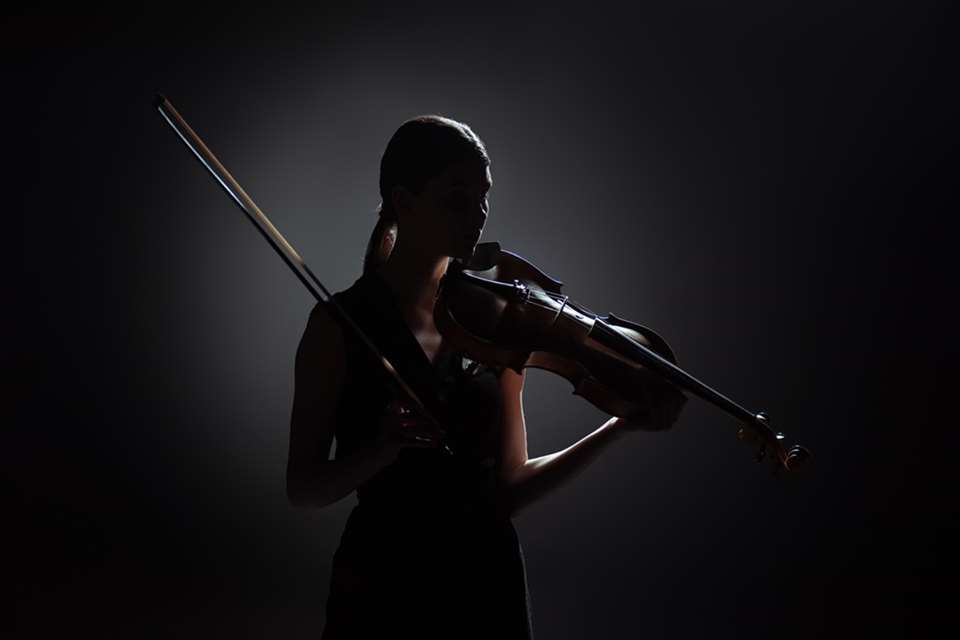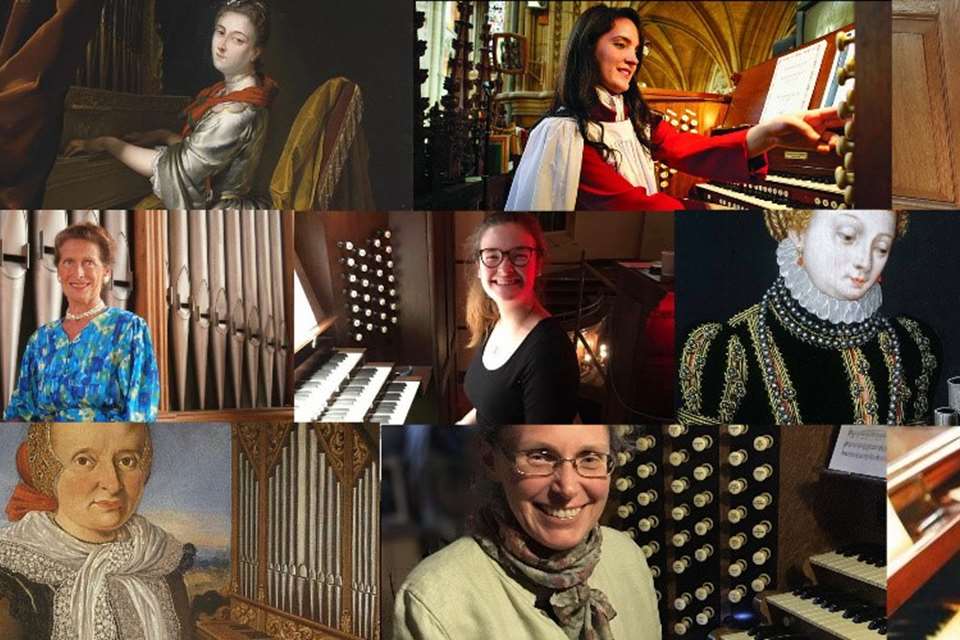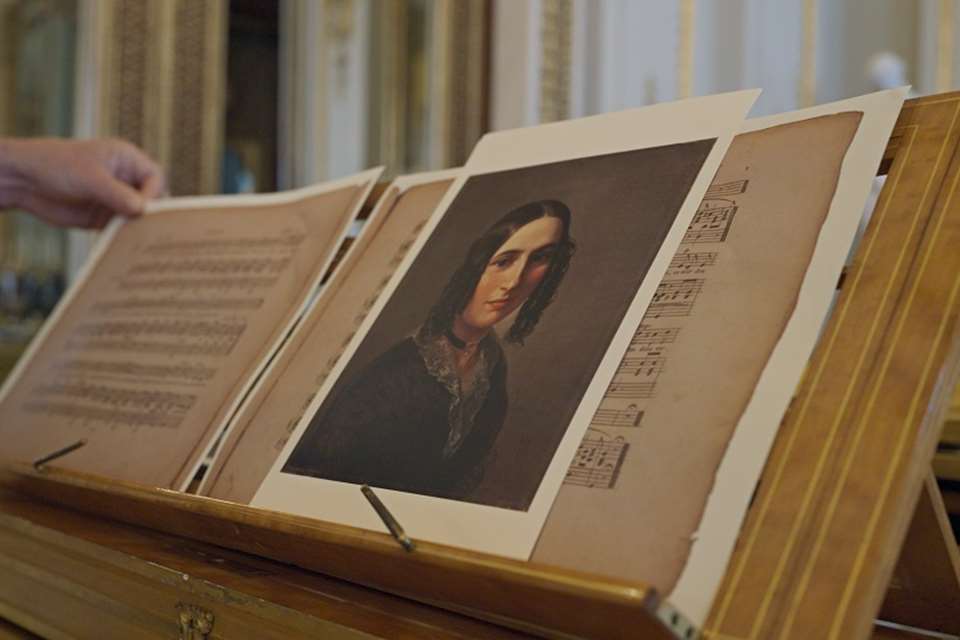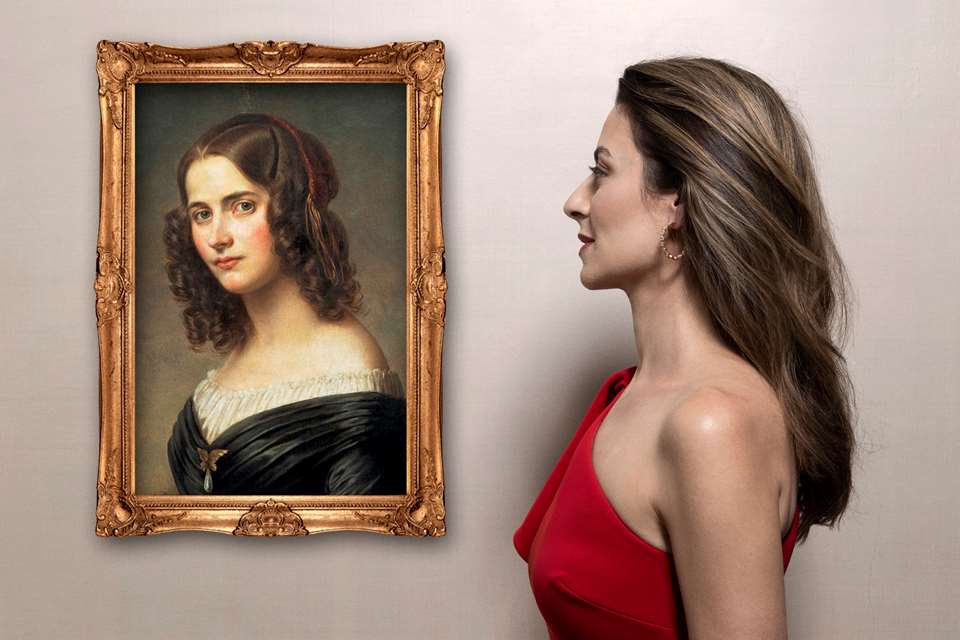‘Working harder, playing better and waiting longer’: Susan Tomes on bringing 50 women pianists out of the shadows
Susan Nickalls
Wednesday, April 3, 2024
Pianist and author Susan Tomes sits down with Susan Nickalls to discuss the idea behind her latest book, 'Women and the Piano – A History in 50 Lives'


Register now to continue reading
Don’t miss out on our dedicated coverage of the classical music world. Register today to enjoy the following benefits:
- Unlimited access to news pages
- Free weekly email newsletter
- Free access to two subscriber-only articles per month




